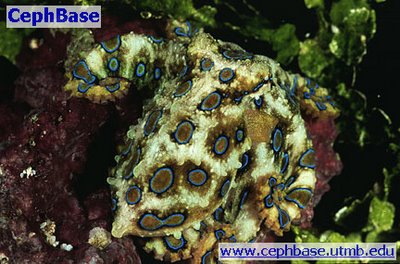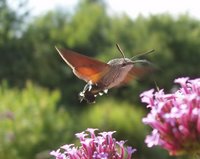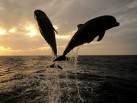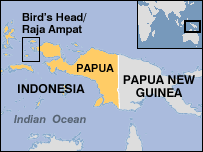
A team of scientists from
Conservation International has discovered dozens of new undersea species (reports:
1,
2,
3) off the coast of Indonesia's Papua province in an area known as Bird's Head Seascape. The scientists believe the region may be the most biologically diverse in all of the oceans.
The team has claimed to have discovered 52 new species, including 24 new species of fish, 20 new species of coral and eight new species of shrimp. One of the highlights is the
epaulette shark (pictured below) that walks on its fins, a praying mantis-like shrimp, and many reef-building corals.
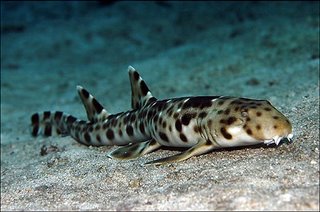
The Bird's Head region is hugely rich in diversity of fish and coral; it contains more hard coral species than Australia's Great Barrier Reef which covers an area 10 times larger. In the below picture, fish are swimming around the reef:
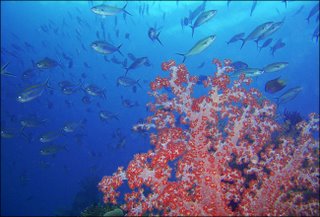
Some of the other land animals the scientists came into contact with on the expedition were unafraid of humans. Long-beaked
echidnas (pictured below), primitive egg-laying mammals, were happy to be picked up:
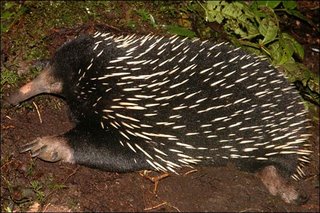
One of the highlights was the scientists' discovery of a new species of birds, including the smoky honeyeater -- the first new bird species to be sighted on the island of New Guinea in more than 60 years. The honeyeater is the black and yellow bird pictured below. Click to enlarge and check out its whiskers!
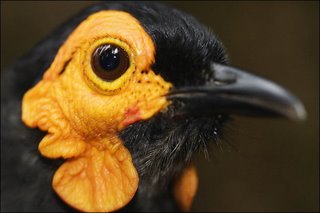
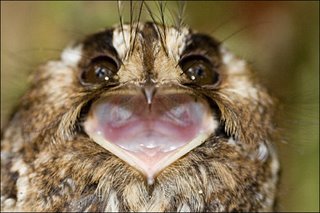
The Foja Mountains appear to be one of the richest sites for frogs in the Asia-Pacific region. More than 20 new species of frogs were found:
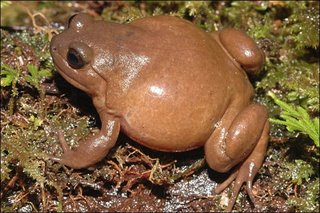
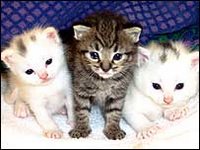 The world's first specially-bred hypoallergenic cats have gone on sale for almost $4,000 each. A biotech company was able to naturally selectively breed them by reducing a certain type of protein that triggers allergic reactions.
The world's first specially-bred hypoallergenic cats have gone on sale for almost $4,000 each. A biotech company was able to naturally selectively breed them by reducing a certain type of protein that triggers allergic reactions.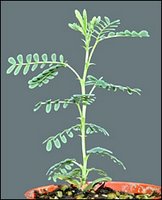
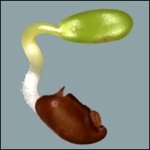
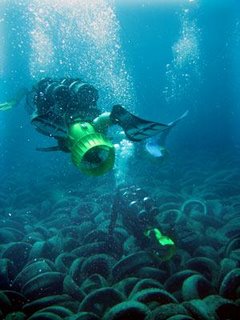
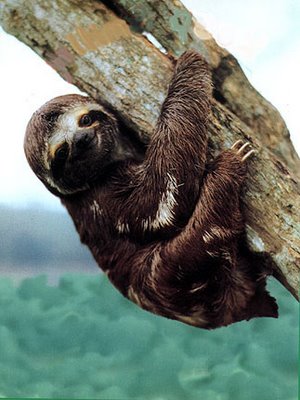
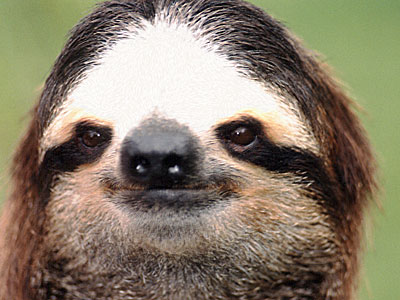
 A team of scientists from
A team of scientists from 






